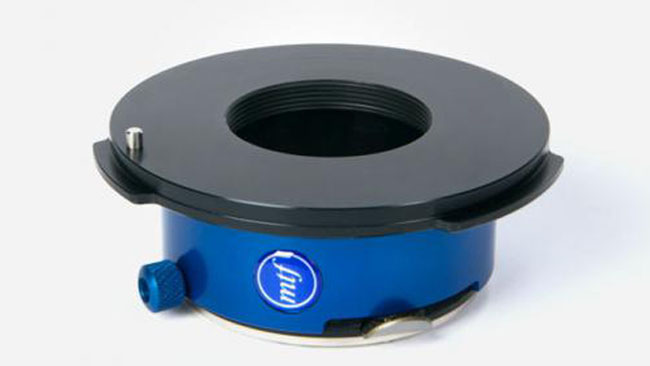
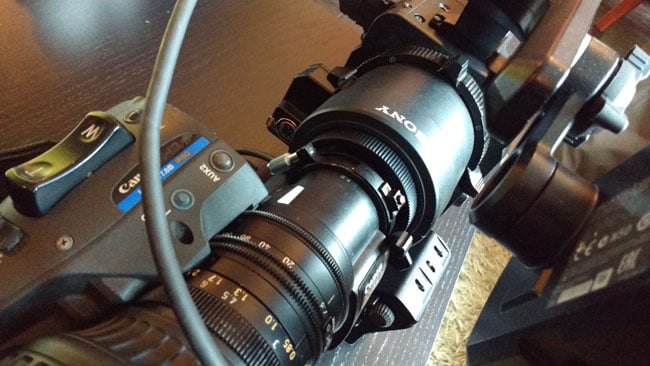 Sony F55 with Canon broadcast lens, via Sony's own adaptor.
Sony F55 with Canon broadcast lens, via Sony's own adaptor.
Trying to figure out what lenses to purchase? It may come down to something as simple and prosaic as a matter of adaptation.
Humanity has managed to standardise an absolutely enormous number of things. We're really good at it, even though some people would say that our enthusiasm for standards is one of the reasons that we have so many different ones. What's impressive is that we manage to make some of them work at all. Anyone who wants to make a plug-in expansion board for a computer, for instance, has to understand how to make something that'll plug into a 164-pin connector and send high-speed serial data using bounded-disparity encoding, a managed transaction layer and advanced flow control, and that's before we've even talked about writing software to support it. You can buy a PCIe card anywhere in the world for pocket money, throw it into any slot it'll fit and the computer will sort it out for you. It's amazing.
A mount for any lens...
So, why can't we figure out how to hold a piece of glass at a constant distance from a microchip without it becoming a massive headache? It isn't easy to pin the issue of lens mount compatibility on corporate self-interest, because it would presumably be commercially useful for lens manufacturers (who are often also camera manufacturers) to be able to sell lenses to everyone. The big issue, really, is history. We have a lot of standards that genuinely are used, in parallel, in large numbers, and in various applications. There probably isn't one that could do all of the jobs.
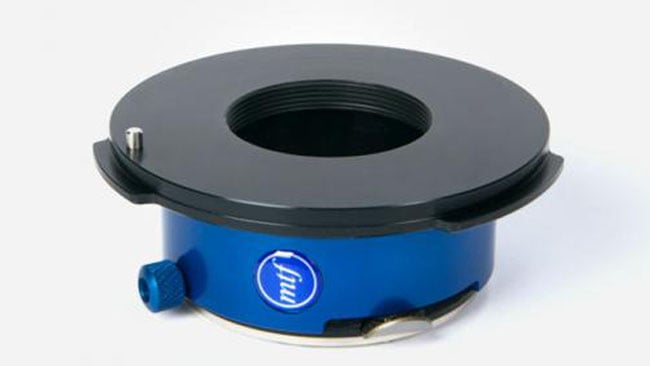 This is a Nikon mount adaptor to suit Sony's FZ mount. The enormous size of the FZ mount is clear in comparison.
This is a Nikon mount adaptor to suit Sony's FZ mount. The enormous size of the FZ mount is clear in comparison.
This hasn't stopped people trying, though. The F5 and F55 cameras are graced with Sony's FZ mount, which has several interesting characteristics. The first is that very few lenses are available in the format. Sony has made a few, such as the 18-252mm zoom which is often used on the F3. The purpose of the mount is revealed, though, by its physical setup: it is very physically tough, wide and shallow, meaning there's very little distance between the sensor and the mount. It's possibly the first lens mount ever designed without the intention that lenses would be mounted on it. It's designed, principally, to support adaptors. Nobody would have made it that big or that tough if there wasn't a direct intention to make it possible to put more-or-less anything on it, because size and strength aren't free.
Micro-four-thirds adaptability
This may not be the first time an optical engineer has designed something with the idea of adaptibility in mind. The micro-four-thirds mount has been used in that way and predates FZ by a few years period of time to the FZ, although micro-four-thirds probably wasn't designed with that purpose specifically in mind. The 'micro' part of the name is really the key. The conventional four-thirds mount was specified to leave room for a DSLR's mirror box, whereas the micro version assumes a digital camera with an electronic viewfinder, so again, it's shallow – the flange of the mount is 20mm from the sensor.
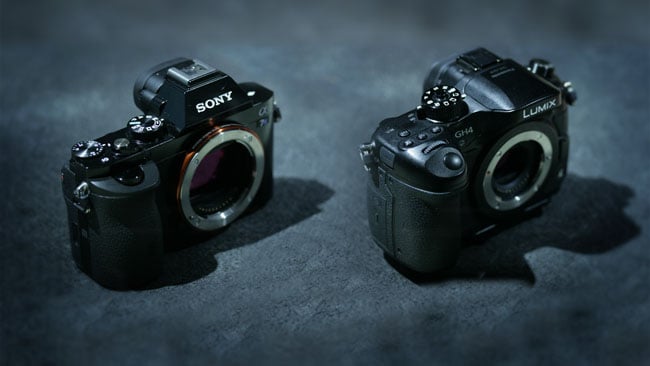 The Sony A7s and Panasonic GH4 have different lens mounts, but both are very shallow.
The Sony A7s and Panasonic GH4 have different lens mounts, but both are very shallow.
The edge of the lens mount is close to the sensor.
Although it's shallow, however, it isn't particularly tough. It's a normal stills camera bayonet mount, built for compactness and light weight, and it is difficult, for instance, to hang a broadcast lens on the front. It's quite possible to do so, optically, because the mount is so shallow. The problem is that a broadcast lens is often responsible for most of the operator's mechanical aiming input and the micro-four-thirds mount just isn't up to supporting that much stress. It was never designed to be.
The other thing you can't do with micro-four-thirds is to put Sony's E mount lenses on it, or those from Canon's EF-M range, which, like micro-four-thirds, was designed for mirrorless cameras. The back end of an E or EF-M lens needs to be 18mm from the sensor. An object 18mm from a micro-four-thirds sensor is physically inside the metalwork. This isn't generally too much of a problem, as E mount lenses aren't particularly common, but the issue serves to highlight the fact that no matter how shallow a mount is, someone will make something that won't fit it.
FZ to the rescue?
FZ avoids these issues – it has a very short flange distance of 19mm, and is large enough that many obscure, ultra-shallow lenses can nonetheless be accommodated by an adaptor that fits more or less entirely inside the FZ mount cavity. It's a breech lock mount, with physical strength such that Sony themselves offer adaptors for B4 broadcast lenses which can then support the entire nose weight of the F5-series cameras in the company's documentary dock.
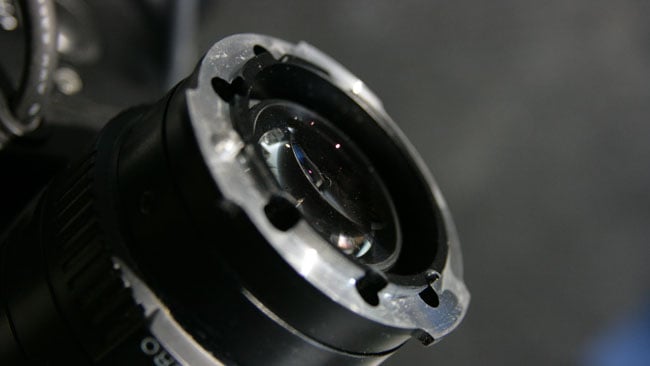 The mount of a broadcast video lens is required to take significant strain,
The mount of a broadcast video lens is required to take significant strain,
since the lens forms a large part of the camera's ergonomic setup.
So, should we look forward to a future where everything uses the FZ mount? Realistically, it's a mount for reasonably upscale cinema cameras where its bulk and cost aren't a barrier. It's too big for DSLRs and pocket video cameras and, of course, adaptation hardly ever provides for lens electronics or autofocus. It would, however, be nice to have a better-standardised situation than we have right now, especially since we rarely use the electronics in cinematography. The overall philosophy of designing cameras with large, shallow mounts and, ideally, lenses with small, deep mounts, which offers maximum flexibility via adaptors, is perhaps the best approach overall. Similar things have been tried before, perhaps most notably by Tamron in the 1970s, who created a system called 'Adaptall', which featured lenses with interchangeable mounts.
What this really meant is that the lenses were designed to a common, very deep mount and adaptors were provided from this Tamron-specific design to suit various cameras. This possibly isn't an ideal situation, as it constrains the design of the lenses somewhat, compromising either performance or price. Still, it's probably only as bad as Nikon, whose mount is very deep – and Nikon is, if anything, more famous for lenses than cameras. For this reason, Nikon lenses, which are often entirely manual and can be adapted to more-or-less anything, are a common and very reasonable purchase for people involved in moving-image work.
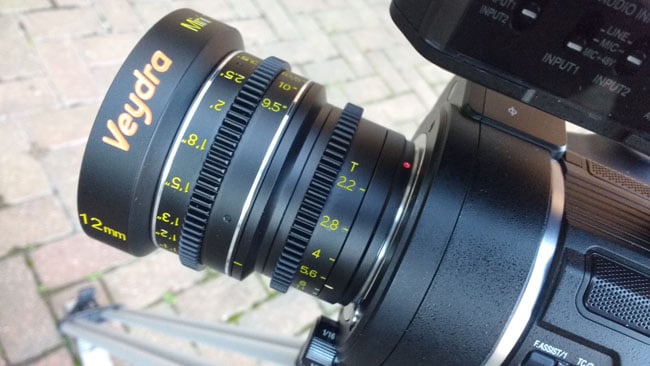 Veydra have made lenses to suit micro-four-thirds mounts, but because the mount is so shallow,
Veydra have made lenses to suit micro-four-thirds mounts, but because the mount is so shallow,
it's generally impossible to use them on other types.
The status quo, meanwhile, seems set to continue. Buy lenses designed for deep mounts and cameras with shallow ones, then, and adaptor manufacturers such as MTF Services can look forward to a rosy future.
Tags: Production


Comments